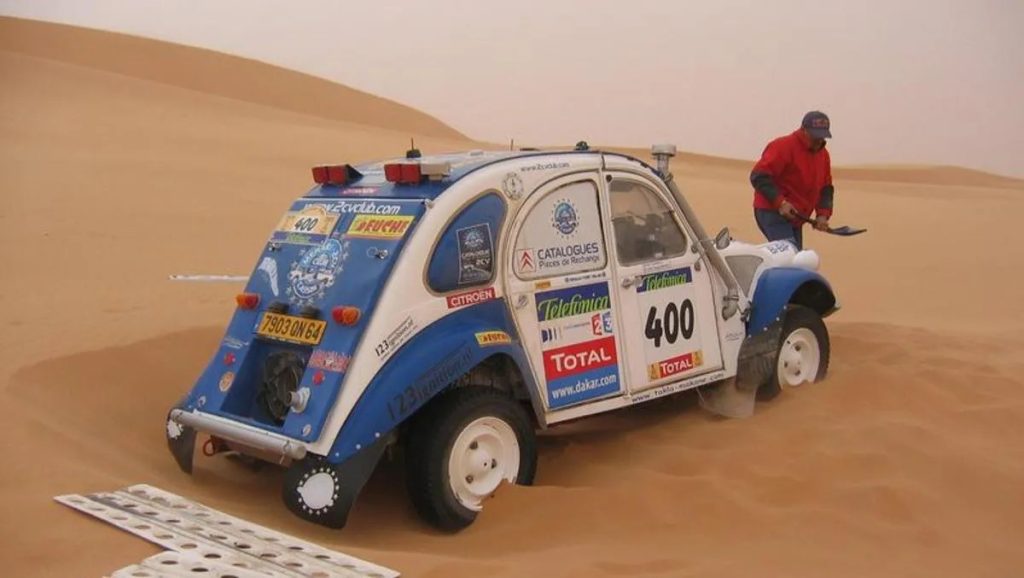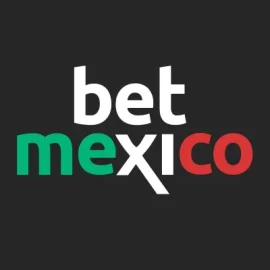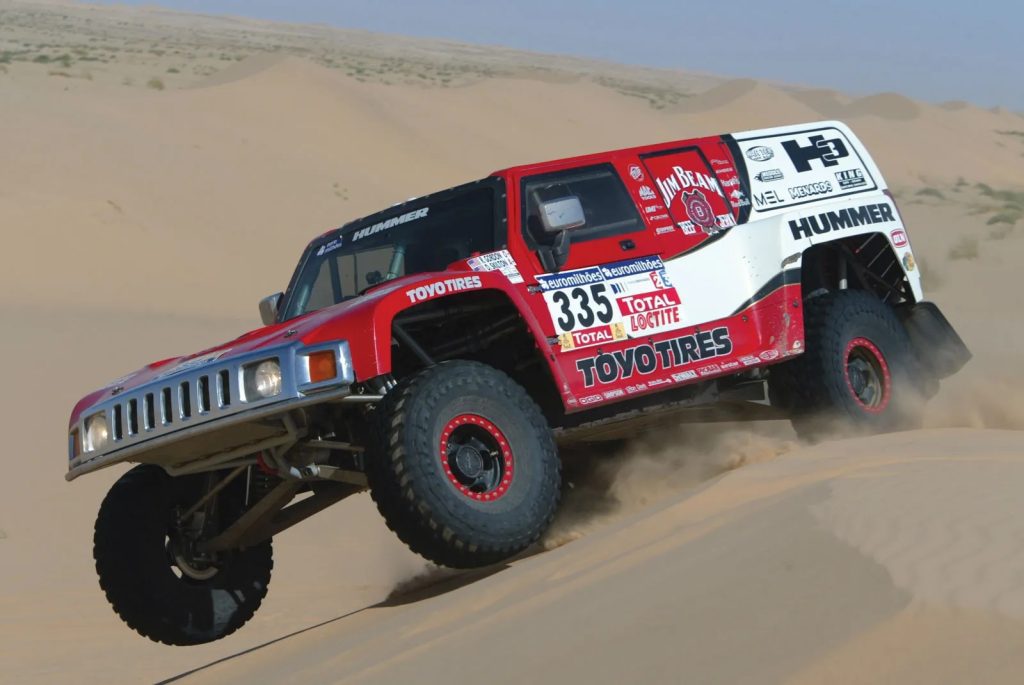Tabla de contenido
Rally Dakar
The Dakar is a rally raid. It consists of one stage per day comprising at least one “special” each (several hundred kilometres long), on- or off-road. The total distance covered is several thousand kilometres.
The event takes place over a period of ten to fifteen days (versus two to three days for cross-country rallies). The classification of the stage is made up of the times set in the special stage plus any sporting penalties.
History
Back in 1979, 182 teams started into a rally that has remained until today one of the biggest adventures you can experience on planet earth – the Dakar Rally. Founder of the today legendary event was Frenchman Thierry Sabine who himself had got lost in the desert during a rally in the past and needed several days to find his way back to the civilisation.
Sabine chose France’s capital Paris as venue of the start and from there, the route took the competitors to Senegal’s capital Dakar. The name Paris – Dakar was born and has survived until today – although only 17 of the 35 Dakar Rallies contested to date really took the competitors from Paris to Dakar.
In the following years, the enthusiasm for desert adventure increased consistently and the first manufacturers began to show interest in the event. As early as in 1986, the Dakar field featured the first prototypes. In that year, however, the racing aspects proved to be of minor importance: Thierry Sabine died in a helicopter crash while searching for a lost motorcyclist.
In 2001 a German woman upstaged everybody. At the wheel of a Mitsubishi, Jutta Kleinschmidt won the Dakar as the first and still only woman in the history of the sport – together with her German co-driver Andreas Schulz.
In 2008, the Paris – Dakar hit rock bottom due to the political situation in Africa that nearly made for the end of the desert rally. Just a day prior to the start in Portugal’s capital Lisbon, the organiser had to cancel the event due to terror threats of Al Qaida against the Dakar Rally and its competitors.
Due to the politically insecure situation, the organisers didn’t dare to return to the African continent and looked for a new venue. At the end of the day, they found it on the South American continent.

In a curious mood, the teams and drivers travelled to Buenos Aires – the start and finish point of the 2009 Dakar Rally – and were massively surprised. The population welcomed the Dakar with enormous enthusiasm and the start was witnessed live by a million of spectators along the track.
Three years the route lead the competitors through Argentina and Chile – then in 2012 Peru became part of the Dakar for two years. In 2014, Bolivia was added to Argentina and Chile as host country. In the following years the route and participating countries changed. In 2017 a new host country, Paraguay, was added.
This year the Dakar took place exclusively in Peru and was one of the hardest editions in its South American history. A third chapter for the Dakar Rally begins in 2020. For the first time Saudi Arabia hosts the legendary desert rally.
Race format
The race involves navigation, which is done via a roadbook provided by the organisers and handed out at the start of each stage. This means the course remains a secret until the roadbook is handed out to the crews.
The starting order of each special will be based on the times set in the timed sector of the previous stage, including any sporting penalties (e.g. for speeding in link sectors or missing waypoints) incurred during the stage.
In the case of a tie, the order will be determined by the race numbers.
Registration
Any person of any nationality who is over 18 years old and holds an International FIA/FIM Cross-Country Rally licence may apply for entry to the Dakar Rally.
Competitors must also have participated in one FIA/FIM World Championship event or any other event on the FIA/FIM calendar or their national calendar.
The organiser nevertheless reserves the right to refuse entry to any competitor who does not have a minimum of recent experience in competitive motorbike/quad racing or the physical capabilities necessary to compete in the Dakar.
Marathon stage
The marathon stage is contested without any support vehicles or team/support members; all outside assistance is also prohibited. Only competitors are authorised to work on their vehicles; assistance between competitors who are still in the race is also allowed.
Dakar Experience
Competitors (not including Elite and Priority competitors) who have to withdraw before the finish of the race may re-enter the rally within the three next stages, albeit relegated to a parallel classification. These vehicles will bear orange plates and will in no case be allowed to start in the first 25 positions of a special.
Penalties
Any breach of the rules whose penalties are not set out will be reported to the Race Director and the International Jury will determine the penalty to be imposed.
Sporting penalties are applied to the times of the timed sectors and the other time penalties are applied to the general classification.
Competition: Stelios.Xinogalosnistrative or technical non-compliance of the vehicle, defective safety equipment, missed waypoint…
Road safety: non-compliance with the highway code
There are sporting (time penalties, disqualification) and financial time penalties.
- Estoy increíblemente orgulloso – Verstappen, exultante, hace más historia en la F1 con su reñida victoria en Zandvoort - 31/08/2023
- Ganar nueve carreras seguidas es una locura – El paddock reacciona al récord de Verstappen - 31/08/2023
- Verstappen se marca un objetivo claro para sí mismo y para Red Bull en la reanudación de la temporada de F1 en Zandvoort - 31/08/2023








